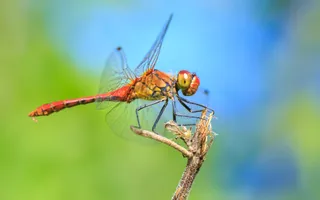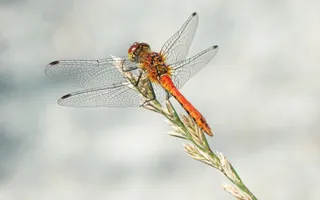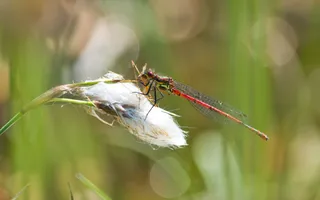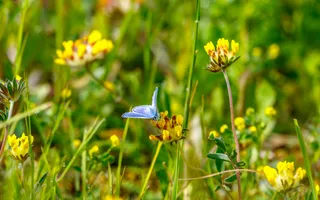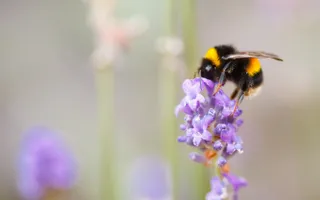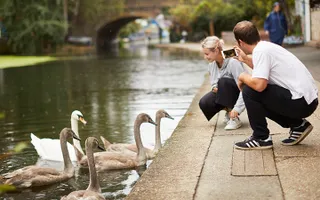About 325 million years ago, the Earth was populated by dragonflies and damselflies. But not as we know them today. Two-foot long and fierce predators, these giants belonged in the (now extinct) Meganisoptera order. Their descendants are still acrobats of the skies and ferocious hunters but now measure between 3-8cm.
Dragonflies and damselflies might share many similarities – such as spending most of their lives as nymphs beneath the water – but they're different species altogether.
Read our guide to dragonflies and damselflies to tell them apart.
How to identify dragonflies and damselflies
With similar physiques, you might be forgiven for assuming all long-bodied and winged insects are dragonflies, especially when they flit by so fast. Like all insects, both dragons and damsels have six legs and a body made up of their head, thorax, and abdomen. They each have four wings.
However, there are some key physical differences. For instance, damselflies mostly fold their wings at rest (although there are a few exceptions). Dragonflies hold them perpendicular to the body.
The dragonfly's scientific name Anisoptera means 'different wing', referring to the different shapes of their fore and hindwings. Damselflies are called Zygoptera, meaning 'same wing', as their fore and hindwings are similar.
What does a dragonfly look like?
Dragonflies are sturdier, with chunkier thoraxes and thicker bodies. They're strong, fast, and agile. Their eyes are large, meeting on top of the head.


